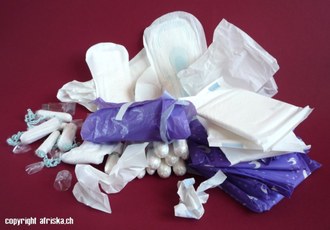It’s ovulation in the lab. A simulated female reproductive system behaves almost like the real thing over 28 days.
“Menstruation in a dish is one of my goals,” says Julie Kim of Northwestern University in Chicago. Kim works with organoids – small 3D clumps of tissue that behave more naturally than traditional, flat cell cultures. Linking different organoids together enables researchers to study complex organ systems in miniature, an approach that could lead to new insights and less animal testing.
Now Kim’s team has hooked up tissue from the ovaries, uterus, cervix and fallopian tubes, as well as the liver, which makes compounds that help to transport hormones.
The tissues responded to hormones made by the mini ovary: oestrogen in the first two weeks, then progesterone for the next two weeks. In the first half of the cycle, eggs grew and burst out of the ovary – mimicking ovulation. Tiny hairs in the fallopian tube began to beat faster, as if to waft the egg along, while cells in the uterus proliferated.
But the uterine cells didn’t die and break...




